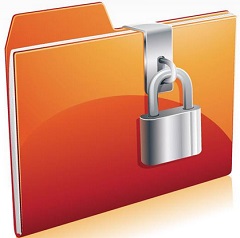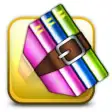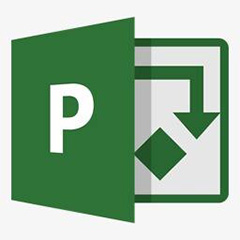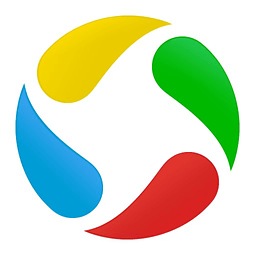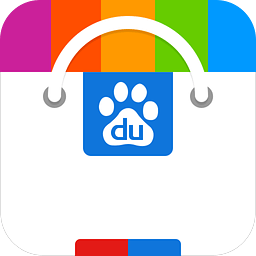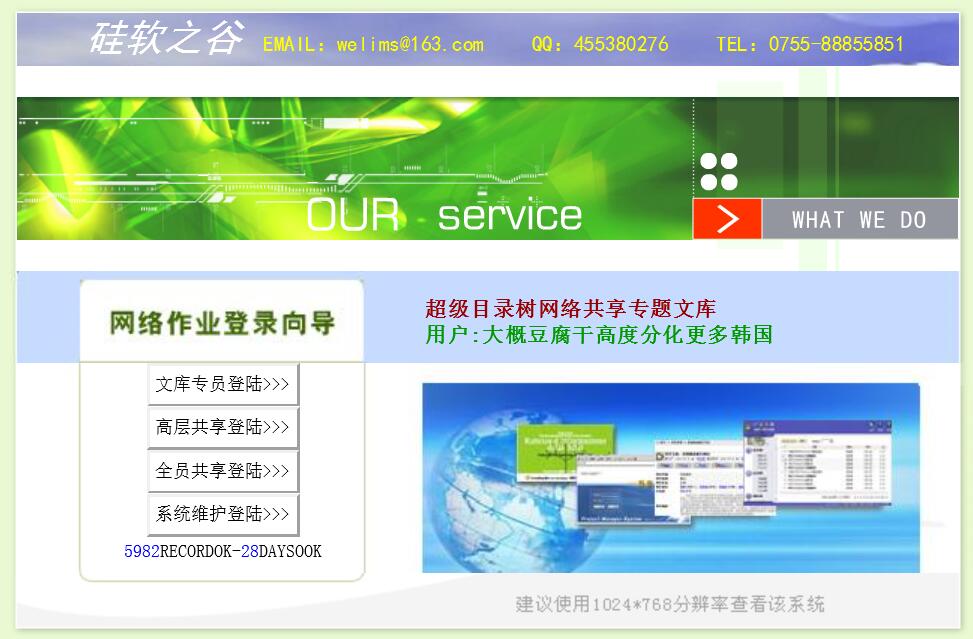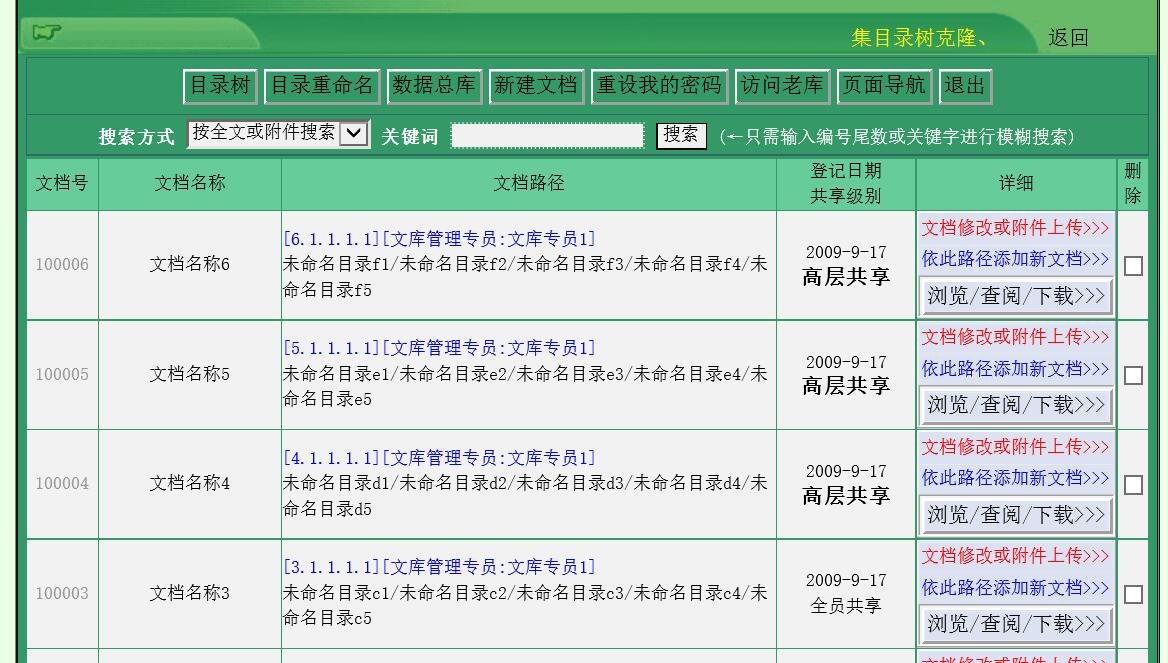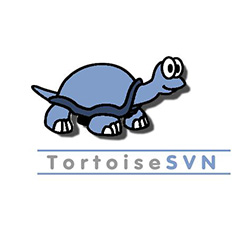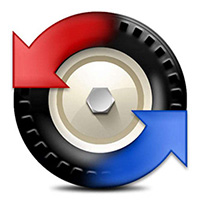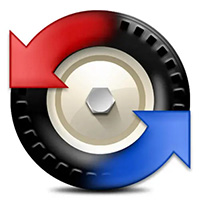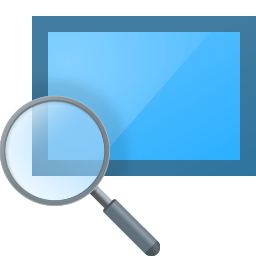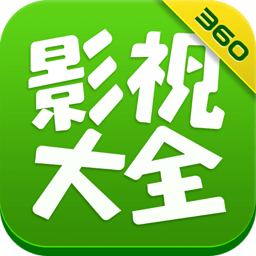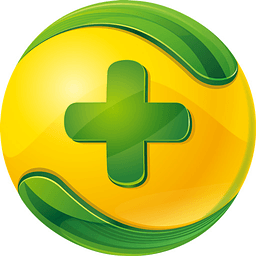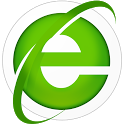The Super Directory Tree network shared thematic library is used for uploading, sharing and downloading management of all electronic files such as Word, Excel, PDF, audio and video, graphics, text and images, regardless of document type; it also supports the management of paper documents and the directory tree. Create quickly.
1. The number one is not bad, clone the directory: the manual catalog numbers in the original documents such as specifications, guidelines, rules, red header documents, system entries and other original documents can be cloned into an electronic intelligent directory tree, so that the number one is not bad. Successful cases include ISO9000 special library directory tree; quality system special library directory tree; performance appraisal special library directory tree; OA office special library directory tree; archival materials special library directory tree; personnel information special library directory tree; secretarial information special library directory tree . Users can also set aside the directory template and create a "directory" that is unique to them. Therefore, not only thematic materials, but also non-thematic scattered materials can be managed by intelligent directory trees. Universally used for the management of all electronic files such as Word, Excel, PDF, audio and video, graphics, text and images, regardless of document type.
2. E-mail, beyond reach: After the directory tree is established, you can upload the background data generated in daily work into the designated directory at any time (these background data are mostly electronic files such as Word, Excel, PDF, audio and video, graphics, text and images, etc. You can include ".exe" or any compressed package for any file extension, like your The same as email, there is no restriction on the type of message. However, the disadvantages of email are: there is no directory tree for intuitive navigation, there is not enough storage space, there is no full sharing, hierarchical sharing mechanism and sharing permission allocation mechanism, and there is no flexible attachment copying and Processing function; cannot form a thematic library or multi-level library; does not have enough customization options; does not have classification statistics function.
3. One year of hard work, a hundred years of enjoyment: Uploading background data is generally a little harder in the first year, but after one year you can enjoy "efficient, relaxed, methodical, and mature" (even fool-like data copying, "copying" in one year) "One year, as convenient as you want) (Many functions can be extended infinitely with just a few clicks) (Such an efficient information project must be done sooner or later, and it is better to do it late than to do it early. The sooner, the lower the cost).
4. Planting trees is easy, and moving trees is faster: after the directory tree is built, the directory tree can be cleared or changed at any time; directory errors can be sorted intelligently after correction (for example, the wrong directory number "2.1.1.1" will be rewritten to "2.1.2.1" ”, the document will automatically be copied from the wrong directory It will be hidden in the correct directory and can be automatically returned according to "Root Directory/Subdirectory" and "Small/Large". For example, the directory number "3.1.5.2" is absolutely located in the directory number "3.1.5.1". Directly below, seamlessly matching the manual directory sorting in the original file).
5. Mainly electronic, supplemented by paper: It supports both the creation of indexes for paper documents and the uploading of electronic documents into the database. The main operation mode of the library administrator is "upload electronic attachments". At the same time, it supports the management of paper documents: as long as your paper originals are stored in order from small to large index numbers, you can use the fuzzy search function of the software to quickly find out the index number of a certain file at any time, and then based on the index The original document can be found by number, so paper originals can be classified, stored in separate libraries and partitions according to catalog numbers, or they can be stored in general order only in ascending order of index numbers, without affecting the efficiency of file retrieval at all.
6. Why is it named “Shared Library”? This is because, although only library specialists can upload background information, each department, department, or department can have one or more library specialists, so that all department materials can be uploaded and shared, and the login password can be assigned by department or department. Can be assigned by department member. Of course, library sharing has permissions! Library information is not accessible to anyone! Senior leaders can view any file, but ordinary employees can only view files "shared by all employees" (the sharing level can be changed at any time, either from high-level sharing to all-employee sharing, or from all-employee sharing to senior-level sharing) shared). (The biggest difference between the online version and the stand-alone version is that not only sharing but also permissions must be considered. Therefore, the price of the online version is much higher than that of the stand-alone version. The reason why some sharing software fails is that it only talks about sharing but not permissions. Who knows the result? Anyone can upload it and anyone can modify it).
7. Why is it named "Thematic Library"? This is because you can create multi-level subdirectories under a topic. It can also be composed of multiple parallel topics to form a parent directory or root directory at the same level. When there are multiple parallel topics, the "Hide redundant catalog numbers" function can be enabled.
8. User information is kept safe and confidential: the copyright of user-owned data is absolutely safe. Users should not worry that their electronic libraries will be misappropriated by software designers, maintainers or third parties, because this software is not only installed on the user's own server, but also all uses "uploading electronic attachments" as the main working mode (just upload the usual Upload accumulated electronic documents to your own server). When the user sends the database to the designer or maintainer for remote maintenance, the designer or maintainer only gets an empty directory tree index, not a WORD document or any electronic attachments (because these attachments always only exist on the user's computer) on the server). (In short, the user's electronic library is always the user's own, and it is by no means "working for others"!).
9. Small library, super large platform: Since electronic attachments that consume disk space do not exist in the database (the database only contains directory tree indexes), the database will always be small and lightweight. A small database can become a large universal platform for paperless office!
10. The directory tree has high gold content: Why is the directory tree developed by us so valuable? This is because there are countless directory tree source codes available for free download on the Internet, but they all have the following common problems: First, it does not support directly entering the file path by directory number, and changing the file path is very troublesome; second, it does not support directly entering the file path by directory number. search. It is no exaggeration to say that the directory tree developed by us will become the "navigation tree" of the global electronic library and create the "scientific tree" of thematic library!
Super directory tree network shared thematic library update log:
1. Fixed BUG, the new version has a better experience
2. Some pages have been changed
Huajun editor recommends:
Super directory tree network shared thematic library, word-of-mouth software, guaranteed to solve all your problems! The editor highly recommends! This site also has similar software .NET, Cloud Machine Manager, and Batch Butler. If you are interested, you can download it!





